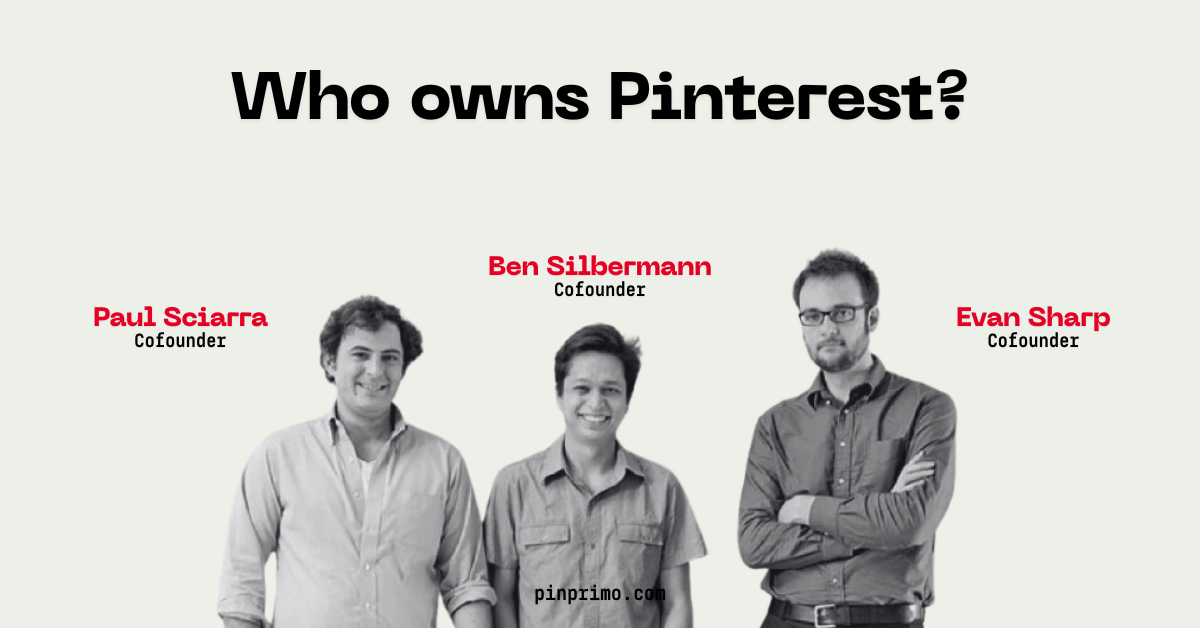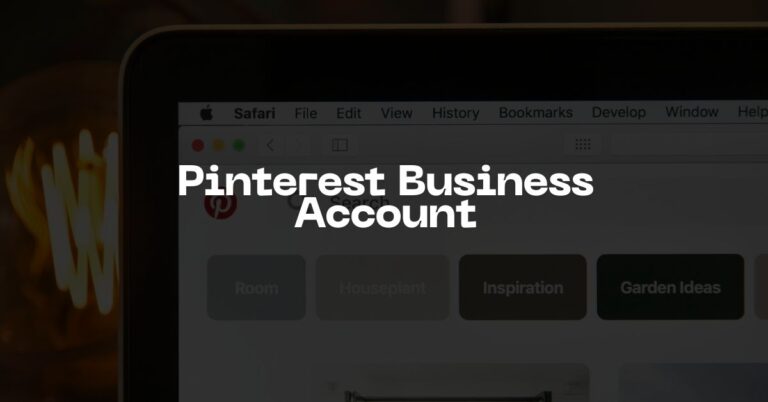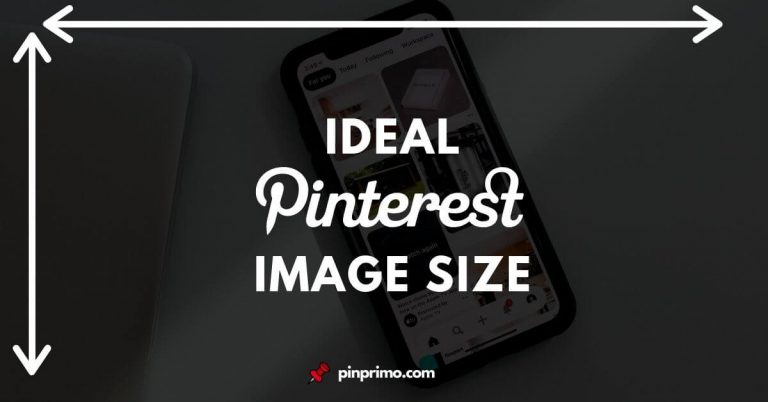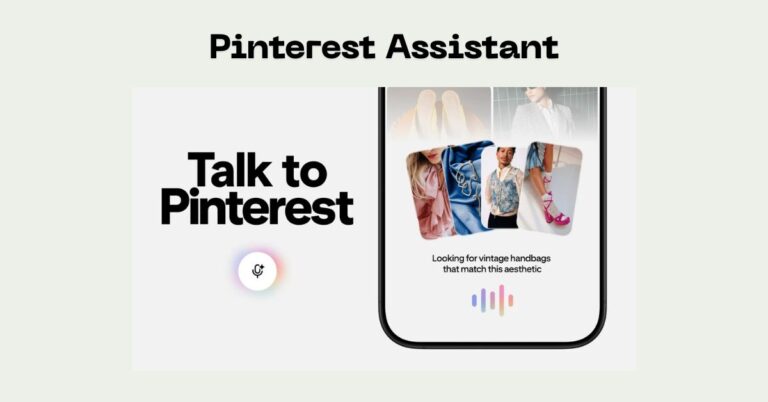
You scroll through an endless cascade of perfectly arranged living rooms, mouth-watering recipes, and dream travel destinations. It’s a digital mood board, a visual search engine, a quiet corner of the internet where you go to plan your next project, next meal, or next chapter in life. This is Pinterest—a platform that has seamlessly integrated itself into the creative process of millions. But have you ever paused mid-scroll and wondered who is behind this influential platform?
Who owns Pinterest? The answer isn’t a single name. While Pinterest was born from the vision of a few creative minds, it has since evolved into a massive, publicly traded company.
This is the story of how a simple idea about collecting became a global corporation.
The Founding Visionaries: A Trio of Innovators
Pinterest’s origin story begins not in a boardroom, but with a shared passion for technology and a love for collecting. The company was founded in 2009 by Ben Silbermann, Evan Sharp, and Paul Sciarra.
Ben Silbermann (The Collector)
The initial concept for Pinterest can be traced back to Ben Silbermann’s childhood. An avid collector of everything from stamps to insects, he believed that “the things you collect say so much about who you are.”
After a stint at Google, he wanted to build something that would empower people to share their passions visually. As the long-time CEO, Silbermann was the driving force behind Pinterest’s growth and mission. And he continues to serve as the company’s Executive Chairman.
Evan Sharp (The Architect)
While an architecture student at Columbia University, Evan Sharp brought the design ethos that would define Pinterest when he met Silbermann. He is credited with creating the platform’s signature grid-based, masonry-style layout.
This design was revolutionary at the time, allowing users to browse a vast amount of visual information in an organized and aesthetically pleasing way. His background in design was the perfect complement to Silbermann’s vision.
Paul Sciarra (The Entrepreneur)
Paul Sciarra was a college friend of Silbermann and provided the early entrepreneurial and business acumen. He played a key role in launching the company, contributing to the development of the initial app, Tote, which later evolved into Pinterest. Sciarra left the company in 2012 to pursue other ventures, but his role as a co-founder was critical in its formative years.
Together, this trio nurtured a fledgling idea by personally emailing and meeting with the first few thousand users, gathering feedback, and building a community.
From Private Startup to Public Company: The IPO Journey
For nearly a decade, Pinterest operated as a private company, fueled by funding from venture capital firms like Andreessen Horowitz and Bessemer Venture Partners.
This changed on April 18, 2019, when Pinterest held its Initial Public Offering (IPO). This was a pivotal moment in the company’s history. By going public, Pinterest began trading on the New York Stock Exchange (NYSE) under the ticker symbol PINS.
But what does being “publicly-traded” actually mean for ownership? It means that the company’s ownership is no longer concentrated in the hands of a few founders and early investors.
Instead, it is distributed among thousands of shareholders. Anyone with a brokerage account can now buy a piece of Pinterest, from large financial institutions to individual retail investors. This transition marked Pinterest’s maturation from a Silicon Valley startup into a major, publicly accountable corporation.
While you or I could own a few shares of PINS, the vast majority of the company’s stock is held by two primary groups: institutional investors and company insiders.
Institutional Investors
These are large financial entities that manage massive pools of money on behalf of others.
Think of mutual funds, pension funds, and massive investment management firms. They are, by far, the largest owners of Pinterest. As of 2024/2025, the top institutional holders include financial giants such as The Vanguard Group and BlackRock.
Together, these firms hold a significant percentage of the company, giving them considerable influence over its direction. Their investment signifies a deep confidence in Pinterest’s long-term financial health and growth potential.
Company Insiders
This group includes the cofounders, board members, and top executives.
While they no longer hold a majority stake, their ownership is still substantial. Ben Silbermann remains one of the largest individual shareholders. This “skin in the game” is essential, as it ensures that the interests of the company’s leadership are directly aligned with the interests of all other shareholders. If the company succeeds, they succeed.
New Leadership and The Future of Pinterest
In June 2022, Pinterest entered a new era when co-founder Ben Silbermann stepped down as CEO and handed the reins to Bill Ready. This move signaled a significant shift in the company’s strategic focus.
Bill Ready, who previously served as President of Commerce at Google and as COO of PayPal, brought a wealth of experience in e-commerce and digital payments. His appointment made the company’s future direction crystal clear: Pinterest was doubling down on its efforts to bridge the gap between inspiration and action.
Under Ready’s leadership, the platform is evolving from a place where you just find ideas to a place where you can seamlessly buy the products in those ideas. The goal is to make all content on Pinterest “shoppable,” transforming the platform into a full-funnel e-commerce powerhouse.
This new vision also carries a strong emphasis on creating a positive and safe online environment. Ready believes this can be a competitive advantage, especially in attracting Gen Z users who are seeking an escape from the toxicity of other social media platforms.
So, who owns Pinterest?
The answer is multifaceted.
It’s owned by its visionary founders who conceived the idea. It’s owned by the massive institutional investors who provide the financial stability. It’s owned by the thousands of employees who build and maintain the platform every day. And it’s owned by the public, the millions of people who invest in its stock and share in its success.
This distributed ownership reflects Pinterest’s remarkable journey. So, the next time you save a Pin, you’re participating in a dynamic ecosystem owned by a global community of creators, investors, and dreamers.






